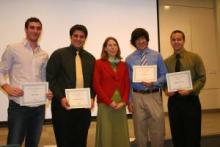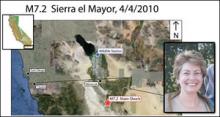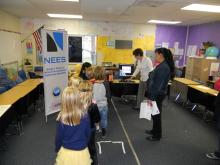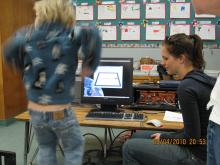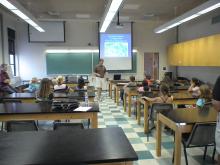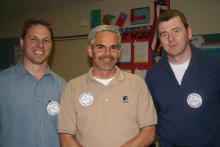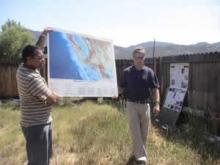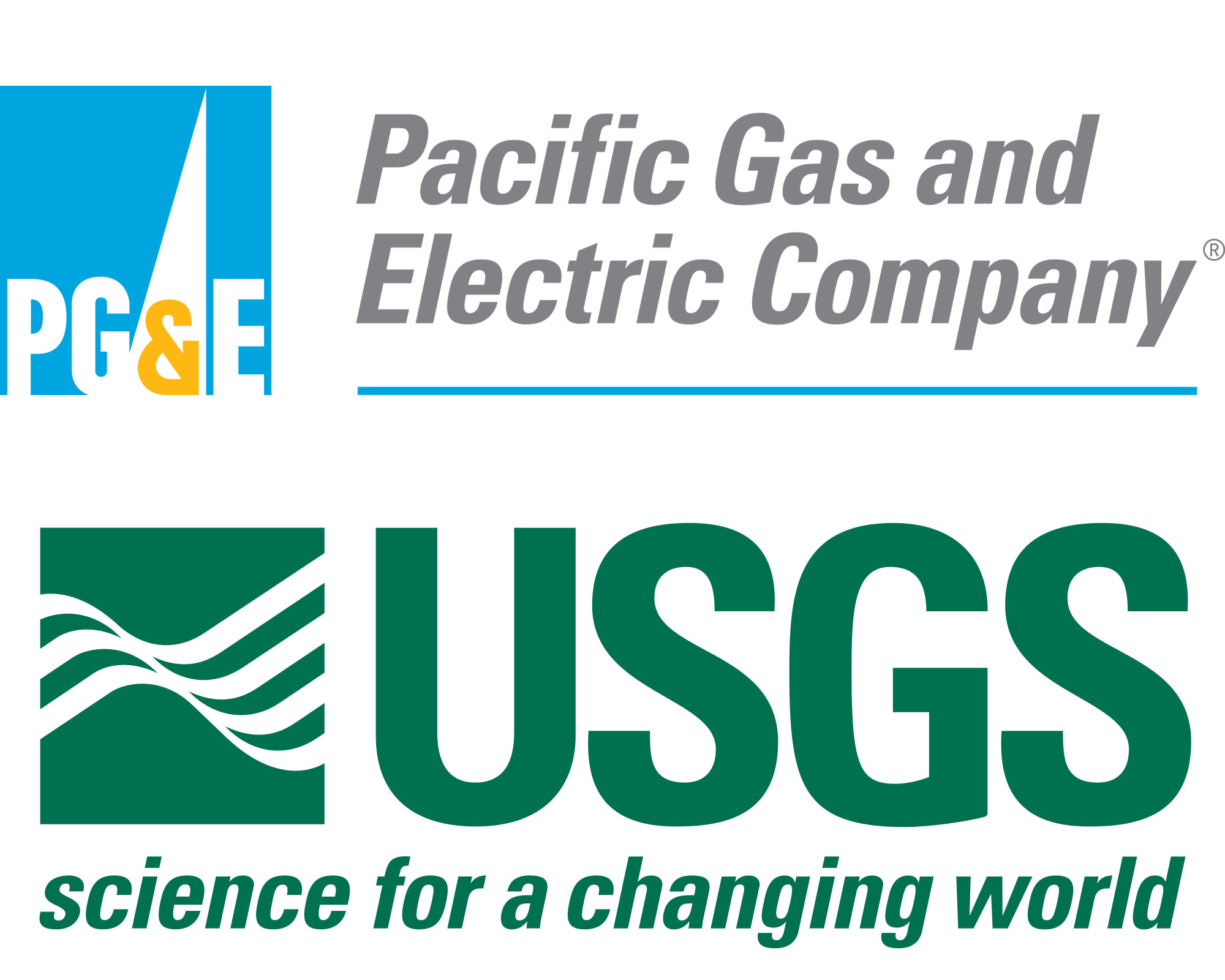Outreach & Education
Professor Olivia Walling presented the 2010 Engineering Writing Award to four UCSB freshman engineering students for their paper A Transfer Function for the Improvement of Seismic Data Collection. The students worked with strong motion data recorded at the nees@UCSB Wildlife field site, under the supervision of EOT Coordinator Sandy Seale.
Dr. Sandra Seale was interviewed by UCSB radio KCSB 91.9 just weeks after the Sierra El Mayor 7.2 magnitude earthquake of Northern Baja California. Dr. Seale discussed the mechanics of large ground motions created by earthquakes of this size and the future of other fault zones in the region.
Podcast: http://www.radioip.org/2010/05/04/dr-seale-on-the-baja-earthquake/
NEES@UCSB went to the Washington Elementary School science night with the Quake Maker and the "Fault Frogger." The Quake Maker is an accelerometer, digitizer and laptop computer running seismic acquisition software. It is spare professional equipment that measures the ground movement generated by children's jumping.
NEES@UCSB returned to the Hollister Elementary School science night with the "Quake Maker," an accelerometer, digitizer and laptop computer running seismic acquisition software. The school is near the University of California at Santa Barbara campus.
Isla Vista Elementary school, just a mile from the UCSB campus, visited NEES@UCSB to learn what a seismologist is and the instruments used to record earthquakes. As always, the Make Your Own Earthquake machine was on hand.
The Hope Elementary School Science fair is an annual event that brings many well produced exhibits from the area's impressive list of contributors. In 2006, NEES@UCSB was joined by the Santa Barbara Museum of Natural History (http://www.sbnature.org/), along with its Ty Warner Sea Center, and several University of California at Santa Barbara departments.
Students from the University of California at San Diego and Los Angeles who participated in Research Experiences For Undergraduates visited the SFSI structure and instrumented field site at Garner Valley. About 20 students made the several hour drive from San Diego and Los Angeles to see a live demonstration of the SFSI building shaker, as well as boreholes and instrumentation. Watch the video
At the 2007 annual meeting of the American Association for the Advancement of Science (http://www.aaas.org/), the remote telepresence and teleoperation features of the experimental structure at Garner Valley were demonstrated to scientists attending the meeting in San Francisco, through an interactive display at the National Science Foundation booth in the exhibition area. Frank Vernon of the Institute of Geophysics and Planetary Physics (IGPP http://www.igpp.ucsd.edu/) remotely activated the 80kg shaker mounted to the experimental structure and displayed waveforms recorded by sensors located on and around the structure.
A Field Training Workshop was held in on May 18, 2006 following the COSMOS workshop for Site Selection, Installation and Operation of Geotechnical Strong-Motion Arrays. After the training session guests were invited to the Wildlife and Garner Valley Liquefaction Arrays.

